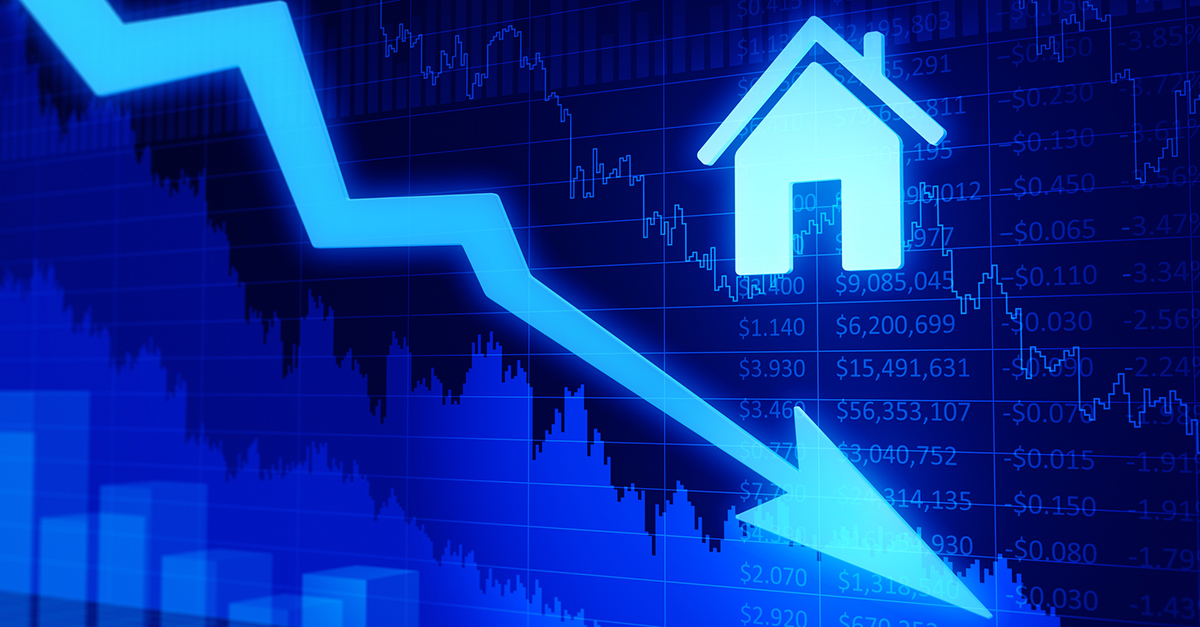Annual appreciation has ducked under 6 percent for the first time in a year, according to the latest S&P CoreLogic/Case-Shiller Indices, which found August home prices slowed to 5.8 percent. The news comes as sales struggle; as of September, there have been six consecutive months of downhill existing-home sales, and new-home sales are also sliding.
The Case-Shiller 10-city composite, which is an average of 10 metros (Boston, Chicago, Denver, Las Vegas, Los Angeles, Miami, New York, San Diego, San Francisco and Washington, D.C.), rose 5.1 percent year-over-year, a decrease from 5.5 percent in July. The 20-city composite—which is an average of the 10 metros in the 10-city composite, plus Atlanta, Charlotte, Cleveland, Dallas, Detroit, Minneapolis, Phoenix, Portland, Seattle and Tampa—rose 5.5 percent year-over-year, also a decrease, from 5.9 percent in July. Month-over-month, there were no gains in the 10-city and 20-city composites.
“Following reports that home sales are flat to down, price gains are beginning to moderate,” says David M. Blitzer, chairman and managing director of the Index Committee at S&P Dow Jones Indices. “Comparing prices to their levels a year earlier, 14 of the 20 cities, the National Index, plus the 10-city and 20-city composite indices all show slower price growth. The seasonally adjusted monthly data show that 10 cities experienced declining prices.
“Other housing data tell a similar story: Prices and sales of new, single-family homes are weakening, housing starts are mixed and residential fixed investment is down in the last three quarters,” Blitzer says. “Rising prices may be pricing some potential homebuyers out of the market, especially when combined with mortgage rates approaching 5 percent for 30-year fixed rate loans.”
A hit, however, is questionable, according to Blitzer.
“There are no signs that the current weakness will become a repeat of the crisis,” says Blitzer. “In 2006, when home prices peaked and then tumbled, mortgage default rates bottomed out and started a three-year surge. Today, the mortgage default rates reported by the S&P/Experian Consumer Credit Default Indices are stable. Without a collapse in housing finance like the one seen 12 years ago, a crash in home prices is unlikely.”
The complete data for the 20 markets measured by S&P:
Atlanta, Ga.
MoM: 0.3%
YoY: 5.8%
Boston, Mass.
MoM: 0.1%
YoY: 5.5%
Charlotte, N.C.
MoM: 0.2%
YoY: 5.2%
Chicago, Ill.
MoM: 0.2%
YoY: 2.9%
Cleveland, Ohio
MoM: 0.5%
YoY: 5.6%
Dallas, Texas
MoM: 0%
YoY: 4.7%
Denver, Colo.
MoM: 0%
YoY: 7.7.%
Detroit, Mich.
MoM: 0.5%
YoY: 6%
Las Vegas, Nev.
MoM: 1.2%
YoY: 13.9%
Los Angeles, Calif.
MoM: 0.1%
YoY: 6.2%
Miami, Fla.
MoM: 0.1%
YoY: 5%
Minneapolis, Minn.
MoM: 0.3%
YoY: 6%
New York, N.Y.
MoM: 0%
YoY: 2.8%
Phoenix, Ariz.
MoM: 0.4%
YoY: 7%
Portland, Ore.
MoM: -0.1%
YoY: 5.4%
San Diego, Calif.
MoM: -0.5%
YoY: 4.8%
San Francisco, Calif.
MoM: -0.3%
YoY: 10.6%
Seattle, Wash.
MoM: -1.6%
YoY: 9.6%
Tampa, Fla.
MoM: 0.5%
YoY: 7%
Washington, D.C.
MoM: 0%
YoY: 2.8%
 Suzanne De Vita is RISMedia’s online news editor. Email her your real estate news ideas at sdevita@rismedia.com. For the latest real estate news and trends, bookmark RISMedia.com.
Suzanne De Vita is RISMedia’s online news editor. Email her your real estate news ideas at sdevita@rismedia.com. For the latest real estate news and trends, bookmark RISMedia.com.











